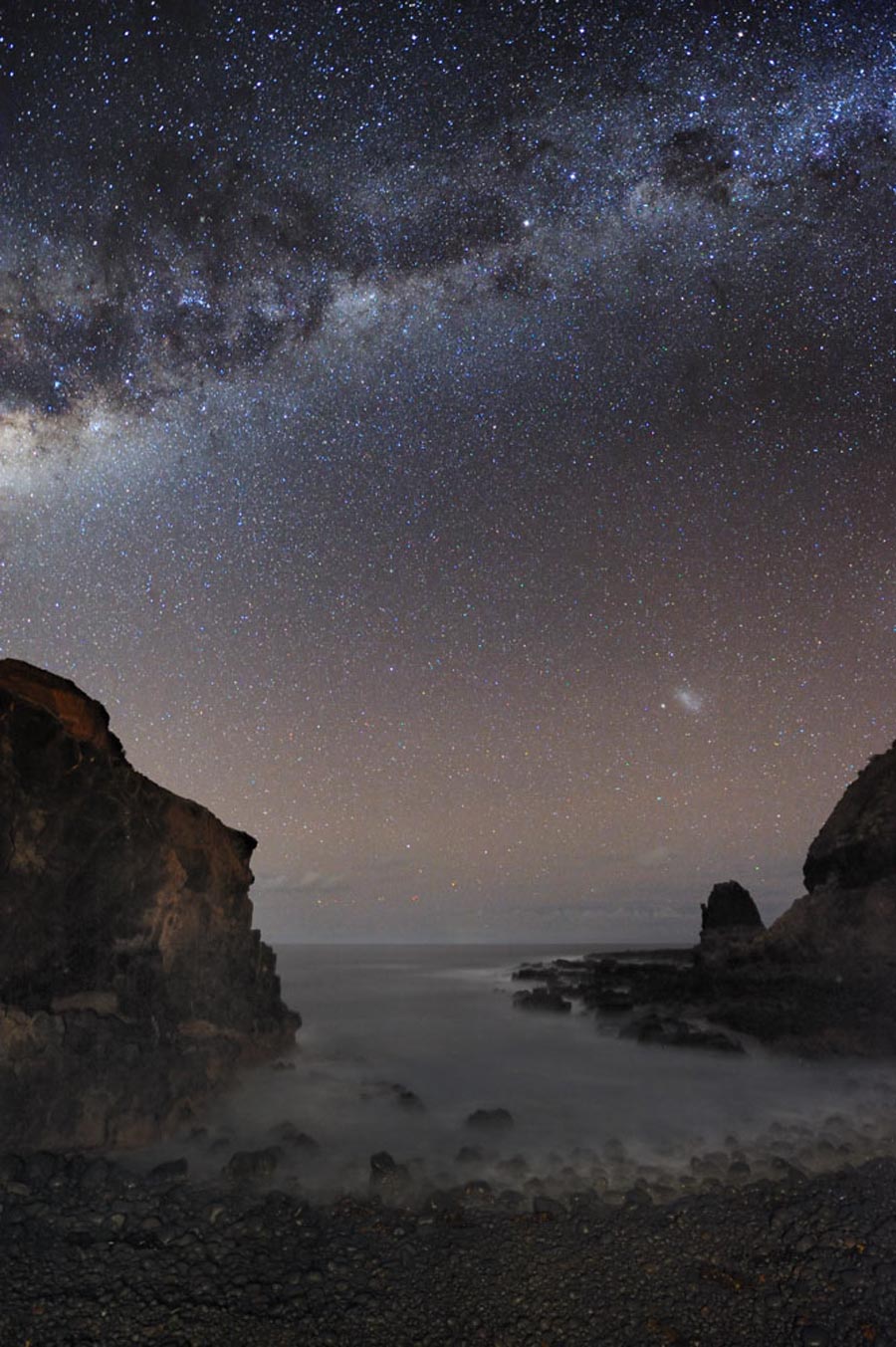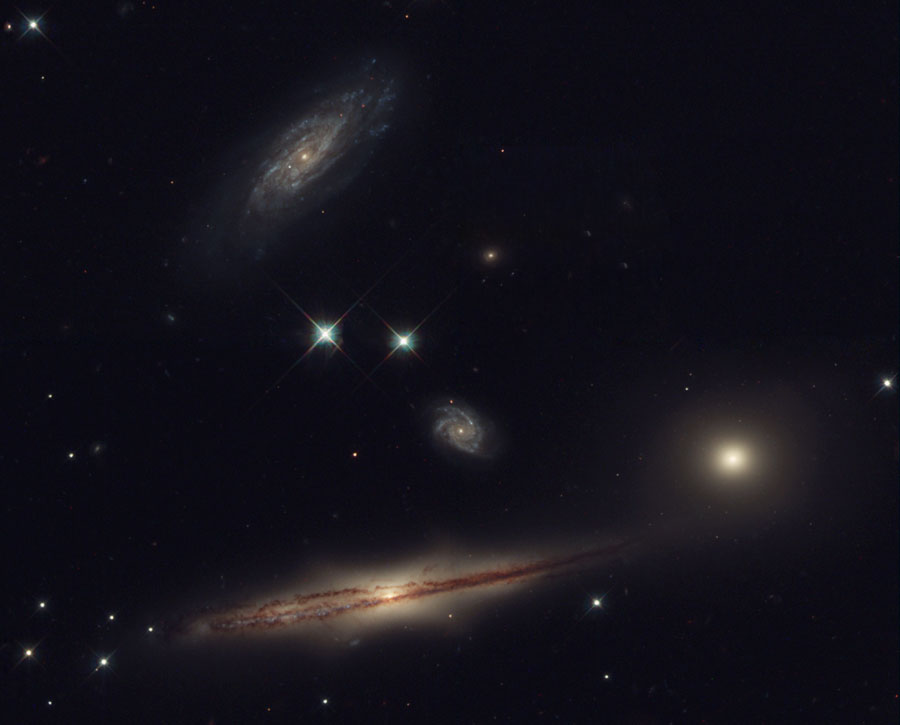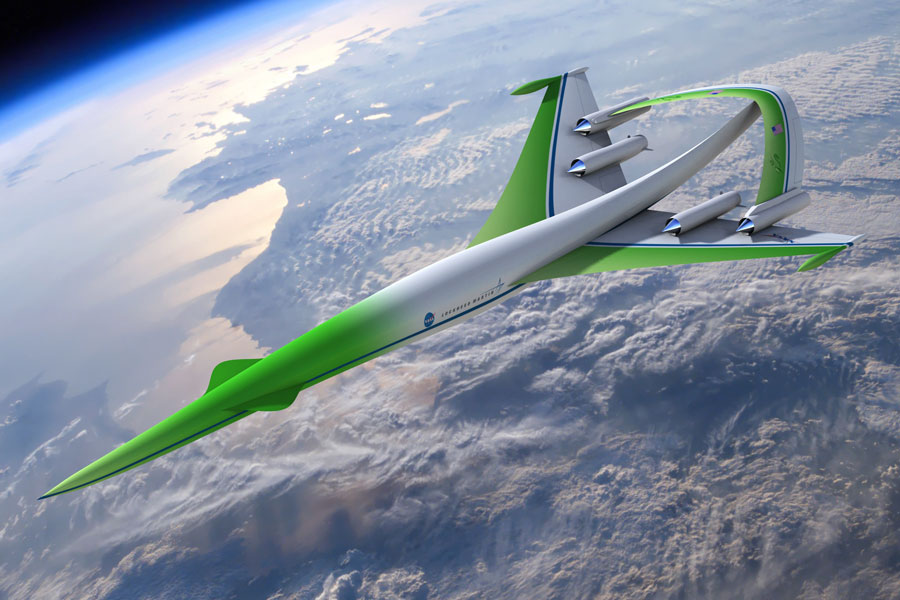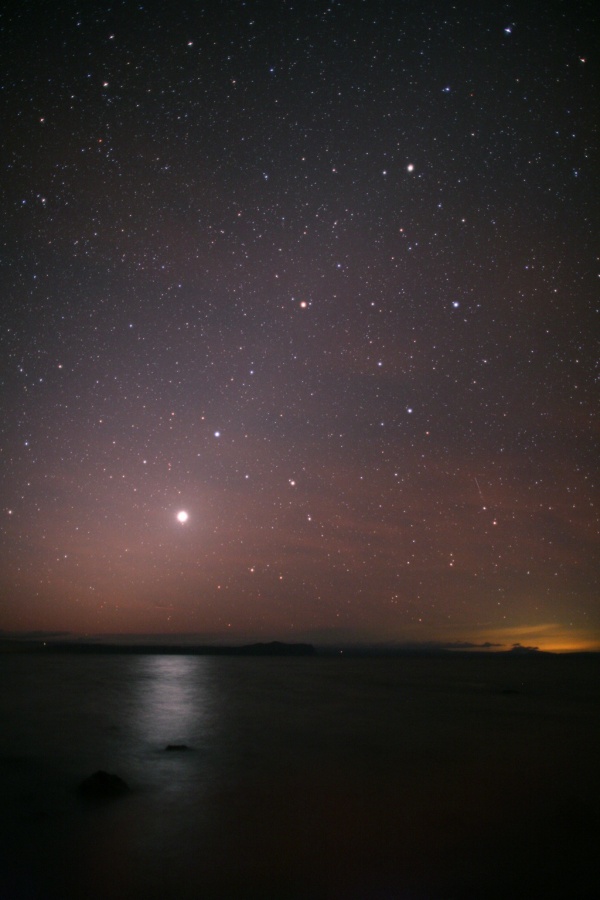______________________________________________________
Please vote (once) for the two best Astronomy Pictures of the Week (image and text) for July 4 - July 10.
(Repeated APODs are not included in the poll.)
All titles are clickable and link to the original APOD page.
We ask for your help in choosing an APOW, as this helps Jerry and Robert create "year in APOD images" review lectures, creates APOM polls that can be used to create a free PDF calendar at year's end, and provides feedback on which images and APODs were relatively well received. For these polls to be helpful, we ask that you vote only once; you can make two choices and you can change your vote if you'd like, but please do not vote repeatedly for your favorite image(s), as that skews the results and makes the information much less useful to APOD.
Thank you!
______________________________________________________
<- Previous week's poll
Can a picture of the sky be relaxing? A candidate for such a picture might be the above image taken only last month from Cape Schank, Victoria, Australia. The frame is highlighted by a quiet lagoon, soft ground fog, two galaxies, and tens of thousands of stars. The rock cropping on the left may appear from this angle like a human head, but the more famous rock structure is on the far right and known as Pulpit Rock. Across the top of the image runs a distant stream of bright stars and dark dust that is part of the disk of our spiral Milky Way Galaxy. On the right, just above Pulpit Rock, is the Milky Way's small neighboring galaxy the Small Magellanic Cloud (SMC). The bright white object just to the left of the SMC is a globular cluster of stars in the Milky Way known as 47 Tucana.
Sometimes galaxies form groups. For example, our own Milky Way Galaxy is part of the Local Group of Galaxies. Small, compact groups, like Hickson Compact Group 87 (HCG 87) shown above, are interesting partly because they slowly self-destruct. Indeed, the galaxies of HCG 87 are gravitationally stretching each other during their 100-million year orbits around a common center. The pulling creates colliding gas that causes bright bursts of star formation and feeds matter into their active galaxy centers. HCG 87 is composed of a large edge-on spiral galaxy visible on the lower left, an elliptical galaxy visible on the lower right, and a spiral galaxy visible near the top. The small spiral near the center might be far in the distance. Several stars from our Galaxy are also visible in the foreground. The above picture was taken in 1999 July by the Hubble Space Telescope's Wide Field Planetary Camera 2. Studying groups like HCG 87 allows insight into how all galaxies form and evolve.
What will passenger airplanes be like in the future? To help brain storm desirable and workable attributes, NASA sponsors design competitions. Shown here is an artist's depiction of a concept plane that has been recently suggested. This futuristic plane would be expected to achieve supersonic speeds, possibly surpassing the speeds of the supersonic transport planes that ran commercially in the late twentieth century. In terms of noise reduction, the future aircraft has been drawn featuring an inverted V wing stretched over its engines. The structure is intended to reduce the sound from annoying sonic booms. Additionally, future airplanes would aim to have relatively little impact on our environment, including green limits on pollution and fuel consumption. Aircraft utilizing similar design concepts might well become operational by the 2030s.
Dim, distant, dwarf planet Pluto can be hard to spot, especially in recent months as it wanders through the crowded starfields of Sagittarius and the central Milky Way. But fortunately for backyard Pluto hunters, it crossed in front of a dark nebula in early July. The diminutive world is marked with two short lines near the center of this skyscape recorded from New Mexico Skies on July 5. Pluto stands out only because obscuring dark nebula Barnard 92 (B92) blocks the background of the Milky Way's congeries of faint, innumerable stars. Another of astronomer E. E. Barnard's cataloged dark markings on the sky, B93, is easy to pick out just left of B92. Prominent at the lower left is open star cluster NGC 6603. In fact, Pluto, dark nebulae, and star cluster all lie within a portion of M24, also known as the Sagittarius Star Cloud, filling most of the frame.
Seen from our edge-on perspective, the Milky Way Galaxy sprawls across the middle of this false-color, all sky view. The expansive microwave map is based on 1 year's worth of data from instruments onboard the sky-surveying Planck spacecraft. Remarkably, the bright stripe of gas and dust clouds along the galactic plane and the galaxy's enormous arcing structures seen at microwave energies are hundreds or thousands of light-years away, while the mottled regions at the top and bottom represent the Cosmic Microwave Background (CMB) radiation, some 13.7 billion light-years distant. Left over from the Big Bang, fluctuations in the CMB reflect the origins of structure in the evolving universe. Analyzing the microwave data, Planck scientists plan to separate the contributions of the Milky Way and CMB radiation. The work will ferret out the characteristics of the CMB across the entire sky and glean information about the make up of our Milky Way Galaxy.
Four bright celestial beacons and a faint triangle of light follow the plane of the ecliptic as it arcs high through this southern hemisphere night skyscape. Seen on a July winter night from Lake Taupo on New Zealand's North Island, the line-up features Venus, Regulus (alpha star of Leo), Mars, and Saturn from lower left to upper right. Just put your cursor over the picture to identify the planets and constellations. The delicate luminous glow of Zodiacal Light, sunlight scattered by dust along the ecliptic, also rises above the horizon from the lower left. Of course, defined by the path of the Sun through planet Earth's sky, the ecliptic plane rides low during July nights in the northern hemisphere's summer skies. Tomorrow, the Moon and Sun will meet on the ecliptic. Along a track across the southern Pacific Ocean, the daytime sky will feature a total solar eclipse. Total Solar Eclipse: Times and Visibility | Webcast
<- Previous week's poll
Poll: Astronomy Picture of the Week for July 4-10
Poll: Astronomy Picture of the Week for July 4-10
A closed mouth gathers no foot.





